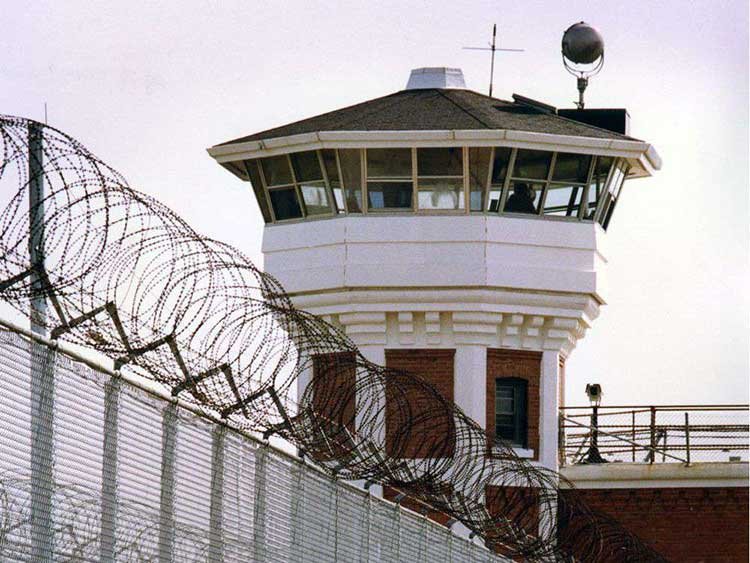In a report published this week following a recommendation by Canada's prison watchdog, Correctional Service Canada (CSC) identified kitchen staff walkouts as the "catalytic event" that could have sparked the Dec. 14, 2016 riot in the Prince Albert facility. In addition to the death of one man, eight others were injured.

“Soon after a series of walk outs, inmates throughout the institution refused to go to work in what was reported to be a peaceful protest in support of the kitchen workers,” CSC staff wrote in the report.
“However, during the work refusal, inmates on some ranges also refused to lock up. This behaviour escalated to the point where a riot started in those ranges and eventually spread to other ranges that were also refusing to lock up.”
CSC published its report five months after Correctional Investigator Ivan Zinger, in his annual report, blasted the “forbidding and antiquated” facility. Zinger had visited in search of an explanation, beyond bad food, for the “incomprehensible violence.”
“I noted that some of the cells in that forbidding and antiquated facility housed two inmates even though there is barely adequate space for one,” Zinger wrote in his report, which was released in October.
“Standing in the middle of another cell, I could reach out and touch the sides of both walls … Long after the rage of the riot had been quelled, a palpable sense of tension lingers in that facility,” Zinger wrote.
He recommended that the lessons learned from the “rampage” — which resulted in the death of 43-year-old Jason Leonard Bird and, according to CSC, more than $3.5 million in damage — be circulated within the agency and released publicly.
In its report, CSC said there are lessons to be learned “despite efforts to individually address issues prior to the riot,” including consideration of how “multiple factors may intersect and be used by instigators as a spark for collective violence.”
The report also noted that inmates familiar with the consequences of participating in a riot stayed in their cells, leading investigators to conclude all inmates should “be fully informed and understand the meaning of the riot proclamation.”
CSC’s report also noted that “the riot started, the staff response demonstrated a well-coordinated and collaborative approach during the riot as well as in the days that followed.”
The riot involved 131 of the 475 inmates held on five “ranges,” also known as cell blocks, at the penitentiary’s medium security institution. Of the 21 identified as “principal” instigators, 16 were transferred to maximum-security prisons.
Of the 475 inmates in the prison at the time, 30 per cent were “affiliated with a security threat group,” 72 per cent were serving sentences for violent offences, 60 per cent were “high risk” and 66 per cent had “high needs,” according to CSC.
Despite calls for it to replace what Zinger described as a prison that is “not conducive to modern and human correctional practice,” the federal government has said it has no plans to do so.
“While there are challenges in maintaining a building of its age and size along with ensuring necessary security features are in place, CSC is committed to meeting the standard living conditions … in a penitentiary,” CSC said in November.
Alex MacPherson
Saskatoon StarPhoenix
Mar 27, 2018
Hi! I am a robot. I just upvoted you! I found similar content that readers might be interested in:
http://thestarphoenix.com/news/local-news/many-intersecting-factors-to-blame-for-deadly-prince-albert-prison-riot-says-correctional-services-canada